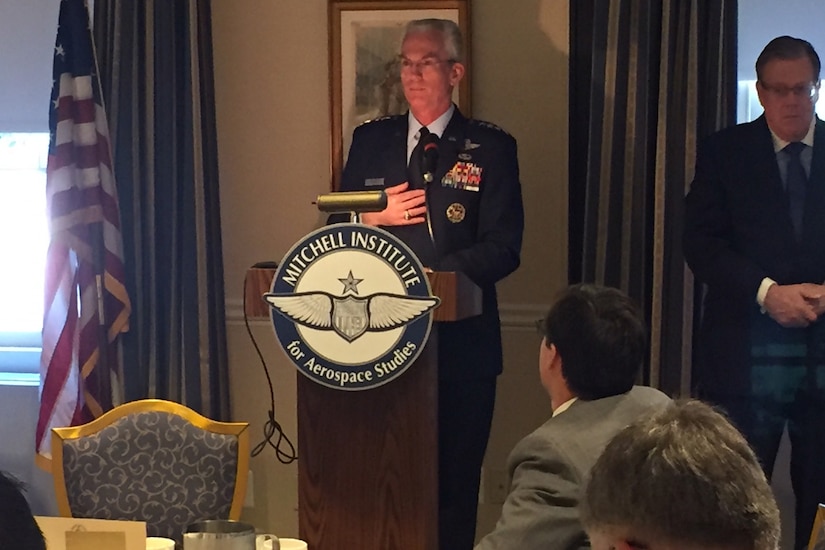By Jim Garamone, DoD News, Defense Media Activity
WASHINGTON -- On Aug. 16, 1968, the Air Force launched the
first Minuteman III missile into the Eastern Test Range off the coast of
Florida.
The intercontinental ballistic missile was state-of-the-art
with multiple independently targeted reentry vehicles. It was needed to cement
nuclear deterrence of the Soviet Union during a time of high tensions in the
Cold War.
At the time, there were 500,000 U.S. service members in
Vietnam. The Soviets brutally put down a move to freedom in Czechoslovakia.
North Korea took the USS Pueblo. China was at the height of Mao’s Cultural
Revolution.
“Those same Minuteman IIIs are still in our inventory,” Air
Force Gen. Paul J. Selva told the Air Force Association’s Mitchell Institute
breakfast here today.
U.S. Nuclear Enterprise
Selva, the vice chairman of the Joint Chiefs of Staff,
discussed nuclear deterrence, missile defense and space, and why it is
important to invest in the nuclear enterprise.
“Were it not for the exceptional airmen who man those systems
and the civilians in the depots who maintain them, the Minuteman III would,
long ago, have exited our inventory,” Selva said.
The first Minuteman III went on alert in 1970, and the
weapon has been the heart of nuclear deterrence since.
The missile was designed for an operational life of 30
years. Due to the skill of the maintainers and those who handle “the physics
packages” -- the weapons themselves -- the Minuteman II has served 50 years.
The entire nuclear triad needs recapitalization, the vice chairman
said. ICBM replacements are one part of it, but so is building the
Columbia-class ballistic missile submarine and a new bomber. The recapitalizing
and modernizing of nuclear command and control and detection systems also is
required, he said.
And, there has to be a discussion of deterrence itself,
Selva said.
Nuclear Deterrence
“That we not miss a critical key element of nuclear
deterrence … that nuclear deterrence is about the capability, the will and the
capacity to respond in kind, and the declaratory statement that says we will do
so,” he said.
All of those issues, Selva said, are discussed in the
Nuclear Posture Review.
During the Cold War, the United States maintained its
nuclear deterrence capability, Selva said, noting the nation must also maintain
that in this new era.
The current nuclear triad is safe, secure, reliable and
ready, “but that is not a birthright,” the general said.

No comments:
Post a Comment